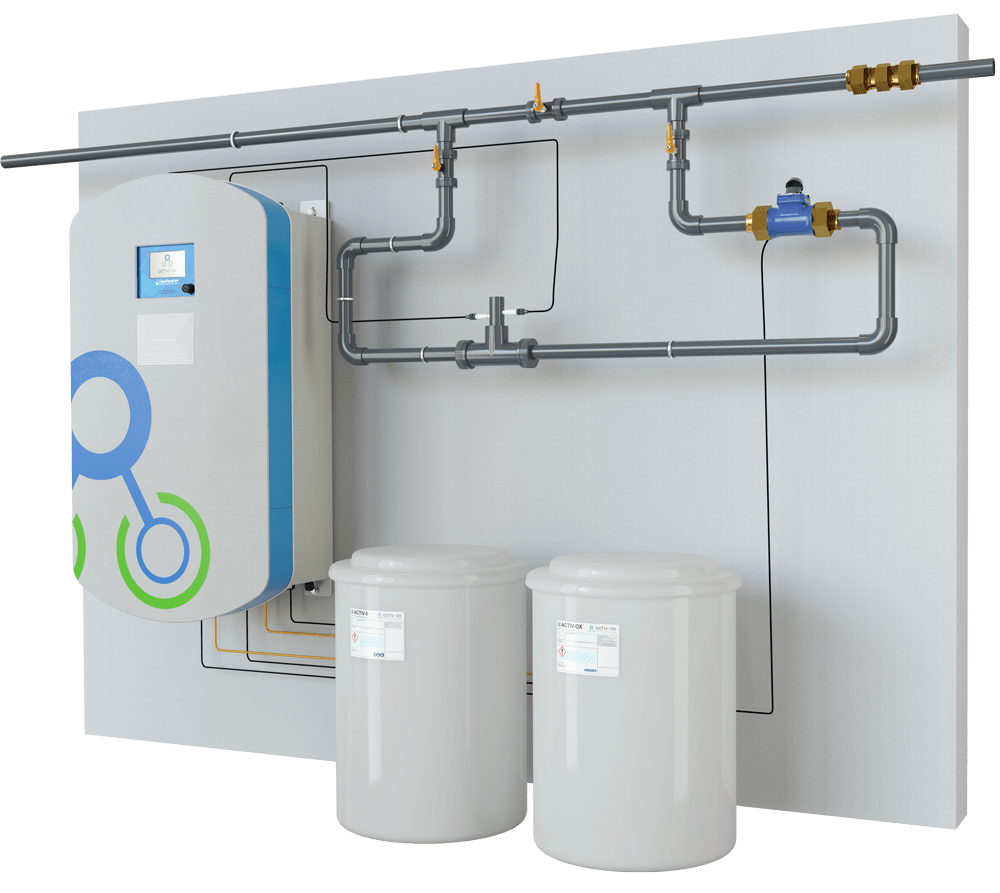Breaking the Legionella Chain!
There is a four-step chain of events which need to take place for someone to catch Legionnaires’ disease and which provide the basis of assessing and minimising the risk. If this chain is broken at any point you will prevent legionella disease.
Step 1 – A water system becomes contaminated with Legionella bacteria
Certain water sources, such as untreated river or canal water, are more likely than others to contain legionella bacteria and will, therefore, increase the risk. However, it is not safe to assume that a treated incoming water supply is free from Legionella and indeed you should assume that all water systems will become contaminated with low levels of legionella at some point.
Step 2 – Legionella multiply within the water system
Whilst it may be almost impossible to prevent a water system being contaminated with low levels of legionella it is entirely possible to prevent them multiplying to dangerous levels and it is important therefore to devise control measures to control their growth. The nature of those control measures will vary from system to system. In the case of domestic water systems this will involve keeping the hot water hot and the cold water cold and avoiding warm water conditions. In the case of a cooling tower, this will involve an effective chemical water treatment programme. In all cases, it will involve trying to avoid stagnant water conditions and keeping the water system clean and free from a build-up of deposits.
Whilst addressing all of the links in the chain is important, preventing legionella multiplying is undoubtedly the most important.
Step 3 – Contaminated aerosols need to be released to the atmosphere
It doesn’t matter how many Legionella a water system contains if they are never released as an aerosol that someone can breath-in. A legionella risk assessment should, therefore, consider what the potential is for aerosols to be produced during both normal and abnormal usage (such as maintenance). Aerosols are generated by water sprays, air bubbles bursting through the water surface and by water splashing against a hard surface. In certain instances it may be possible to eliminate the risk by eliminating the process that produces the aerosol, or by reducing the quantity of aerosols that are released, but in many instances such as a domestic shower that isn’t possible and therefore the risk has to be minimised by focusing on preventing the multiplication of Legionella within the water system.
Step 4 -Susceptible people inhale contaminated aerosols
The final step in the chain is for a susceptible person to breath-in enough contaminated aerosols to cause legionellosis. Individuals’ susceptibility varies and there are a number of factors which increase it:



